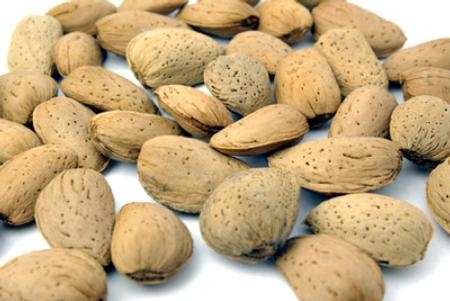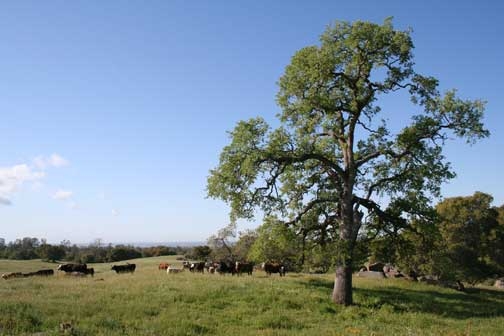From the UC Blogosphere...
The Founding of New Populations
There should be a crowd at the UC Davis Department of Entomology seminar on Wednesday, Dec. 7. That's when evolutionary...
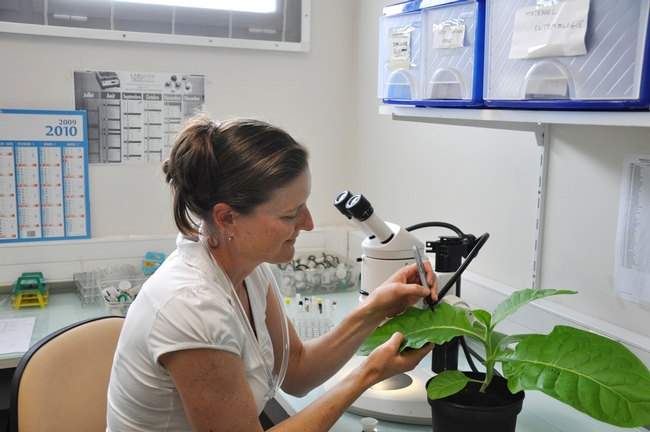
Evolutionary ecologist Ruth Hufbauer, who studies insect-plant interactions, works in her lab at Colorado State University.
Don't Forget the Lindcove Fruit Display on Friday!
Friday Dec 9, from 10 am-1 pm is the Lindcove fruit display and tasting. In addition Mary Lu Arpaia and David Obenland will have a sensory tasting booth to collect data on your preferences and Tracy Kahn will conduct a walking tour of the citrus variety demonstration block. Farm Advisors Craig Kallsen and Neil O'Connell will be present to answer questions and Mikeal Roose will be available to discuss new low-seeded varieties developed by his program. If for some reason you can not attend on Friday, the fruit tasting portion of the program will be open to the public from 9 am to noon on Saturday as well. Please join us!
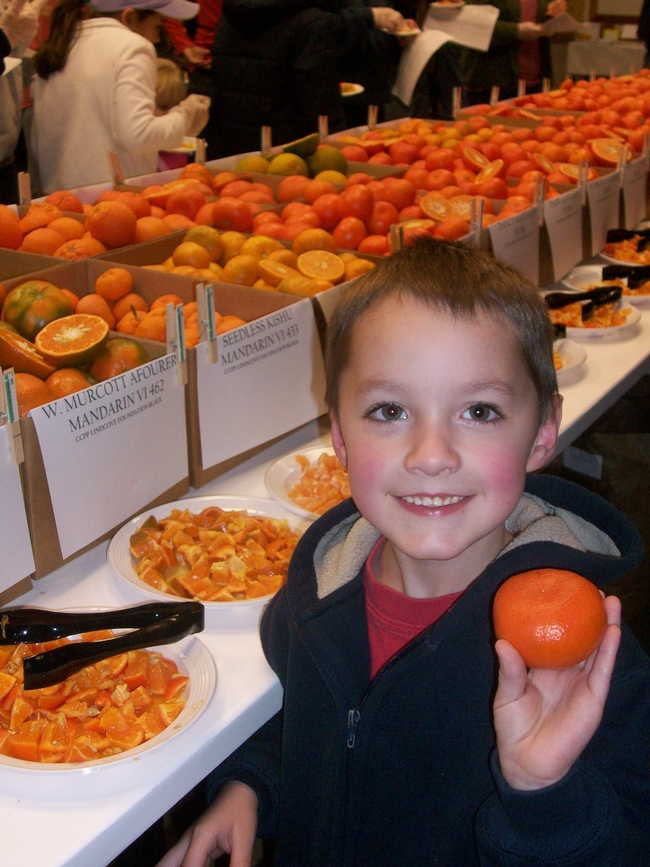
100 2195
California almond production approaching 2 billion pounds
"It's remarkable," said Daniel Sumner, director of the UC Agricultural Issues Center.
"There are two things going on," he said. "We have improved the nature of the orchards, both in the way that we plant them and the varieties and the like. And there's a lot more acres."
In the last decade, low cotton prices prompted many farmers in the southern San Joaquin Valley to plant almonds on former cotton acreage, the article said. A growing world demand for nuts, especially from China's emerging middle class, is helping sustain strong commodity prices and driving production gains.
Winter is the ideal time to buy, plant bare root fruit trees
Debbie Arrington, The Sacramento Bee
Now is the time to plant bare-root fruit trees. UC Cooperative Extension farm advisor Chuck Ingels said some are easier to grow than others and each fruit comes with its own challenges.
"For beginners, cherries are out; don't even think about it – just too hard," Ingels said. "Peaches and nectarines are really good, except for the leaf curl issue (caused by a fungus). Apples and pears are great except for blight and codling moths. People tend to live with those problems or cut down the tree.
"More and more, I think plums and pluots (a plum-apricot hybrid) are the best choices for backyard orchards," Ingels said. "They're the easiest to grow with wonderful fruit. Pluots especially are the way to go."
Bee Gone!
What a remarkable project a biologist launched in Kenya involving honey bees.It all began with farmers complaining that...
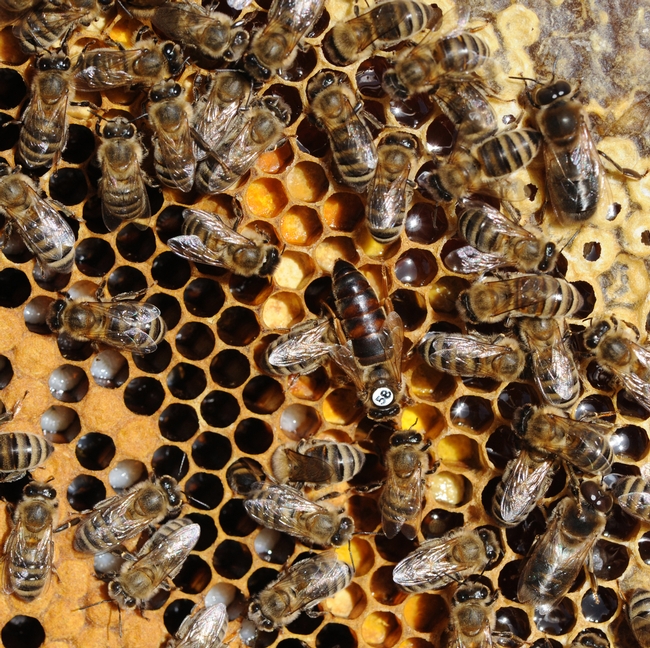
Honey bees working the hive. (Photo by Kathy Keatley Garvey)
California's fall weather is getting rangeland grasses growing
Germination occurred as a result of the season's first rains in October, but it didn't hold in some pastures because of the lull in precipitation, Davy said.
"This ought to get it up and going," Davy said of the rain that fell before Thanksgiving. "It usually takes between half and 1 inch in a week to get it sparked up and going, and we have definitely had that."
California farmers efficient, study finds
Tim Hearden, Capital Press
A Fresno State Center for Irrigation Technology research report says California farmers are more efficient in managing their water supplies than they're sometimes given credit for. As a result, large volumes of "new water" cannot be developed through agricultural water conservation.
The Fresno State irrigation experts' yearlong study aimed to update a 1982 University of California Cooperative Extension report, "Agricultural Water Conservation in California with Emphasis on the San Joaquin Valley." The new study says the 1982 report correctly framed the potential for agricultural water-use efficiency.



